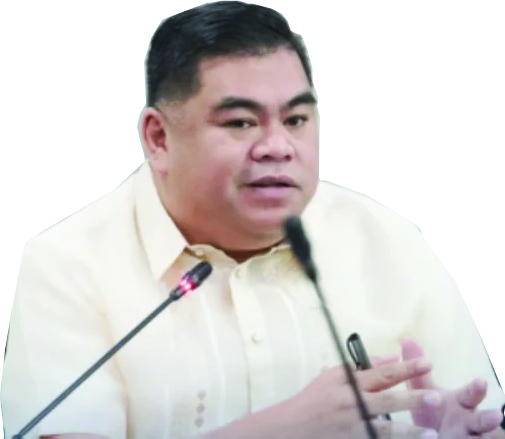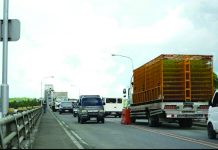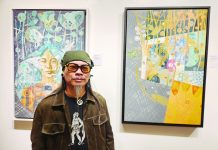
TACLOBAN CITY — Tingog party-list Rep. Jude Acidre has come to the defense of the iconic San Juanico Bridge after Vice President Sara Duterte publicly questioned its status as a tourist attraction, calling the structure more than a landmark and “a powerful symbol of progress” for Eastern Visayas and the country.
“People have been talking a lot about the San Juanico Bridge lately, and I’d like to share my own thoughts,” Acidre said in a June 23 social media post. “Because for me, it’s more than just a tourist attraction. It’s more than just an iconic photo spot. It’s more than a ribbon of steel and concrete stretching across the San Juanico Strait.”
His comments came on the heels of Duterte’s controversial remarks during a speech in Melbourne, Australia on June 22, where she expressed irritation at seeing the bridge promoted in advertisements as a tourist destination.
“I was extremely irritated… with one part of the ad. It said the San Juanico Bridge in Tacloban is a tourist spot. Do you even know how long the San Juanico Bridge is? 2.6 kilometers. I was so irritated—how can a 2.6-kilometer bridge be considered a tourist spot?” she said.
Duterte went on to contrast the bridge with what she described as a much longer and “modernized” bridge in China, erroneously citing its length as 264 kilometers. While no such bridge exists, the Danyang-Kunshan Grand Bridge, which spans 164 kilometers, is recognized as the longest in the world and is likely the structure she referred to.
Amid this, Acidre emphasized the deep cultural and emotional significance of San Juanico to the people of Samar and Leyte, saying it embodies a time when the Philippines aspired for grand achievements.
“The San Juanico Bridge is a powerful symbol of progress,” he said. “It was built during a time when our country dared to dream big… It was a season of ambition, a moment when we believed that the best days of our country lay just ahead.”
Inaugurated in 1973 under the administration of Ferdinand Marcos Sr., the 2.16-kilometer San Juanico Bridge connects Samar and Leyte across the San Juanico Strait. It was funded through Japanese war reparations and has since become a regional icon—renowned for its sweeping views, colorful night lighting, and symbolic status as a unifying link between islands.
Despite this, the bridge has recently drawn scrutiny not just because of Duterte’s remarks but also due to structural concerns. In May, the Department of Public Works and Highways (DPWH) imposed a three-ton load limit after inspections revealed visible cracks and signs of wear.
“What was once a source of pride has, for some, become a symbol of neglect,” Acidre said. “Instead of rallying together to fix the problem, we’ve seen blame tossed around. Instead of focusing on what we can do, we’ve been busy pointing out who’s at fault. And so, a bridge meant to unite has, sadly, become the subject of arguments and division.”
Leyte businessman and provincial board member Wilson Uy echoed the lawmaker’s sentiments, stressing that the value of San Juanico cannot be measured solely by size.
“Tourism is not measured in kilometers,” Uy said. “The San Juanico Bridge draws people not because it’s the biggest, but because it tells a powerful story.”
Acidre noted that rehabilitation work is underway and credited House Speaker Martin Romualdez for quietly advancing efforts for both the ongoing repair and a proposed second span of the bridge.
“He understands that this isn’t just about fixing a bridge; it’s about preserving a legacy, restoring faith, and reigniting a sense of pride,” Acidre said.
As discussions around the bridge’s future continue, Acidre called for unity and vision.
“Let’s not just cross bridges,” he said. “Let’s build them. Together.”
(JOEY A. GABIETA/LIZBETH ANN A. ABELLA)




